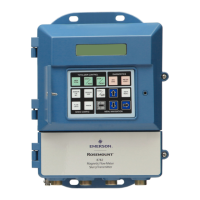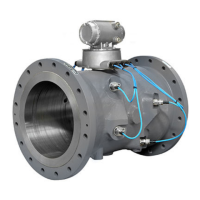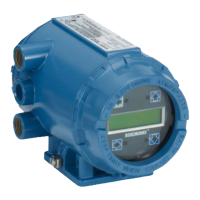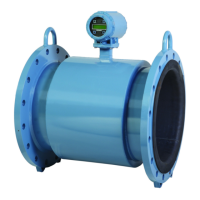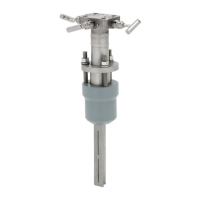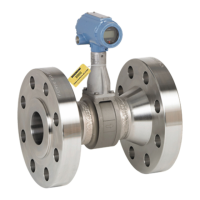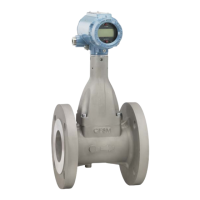Disconnecting Sample (A) and Reagent (B) Tubing Prior to Checking
Flow
Figure 13-1:
13.5.2 Process readings are erratic or wander.
1. Is the sensor properly wired to the transmitter? See Section 4.3. Verify that all
connections are tight.
2.
Readings can be erratic when a new sensor is first placed in service. Readings usually
stabilize after about an hour.
3. Is the air pump working? There should be a vigorous stream of bubbles in the flow
cell. The bubbles help mix the sample and keep carbon dioxide bubbles off the
membrane. Carbon dioxide forms when bicarbonate alkalinity in the sample reacts
with acetic acid. The bubbles accumulate in the membrane and eventually break
away, causing the total chlorine reading to wander.
4. Is the membrane damaged or loose? Replace the membrane if necessary.
5. Is the space between the membrane and cathode filled with electrolyte solution,
and is the flow path between the electrolyte reservoir and membrane clear? Often
the flow of electrolyte can be started by simply holding the sensor with the
membrane end pointing down and sharply shaking the sensor a few times as though
shaking down a clinical thermometer. If shaking does not work, try clearing the
holes around the cathode stem. Hold the sensor with the membraned end pointing
up. Unscrew the membrane retainer and remove the membrane assembly. Use the
end of a straightened paper clip to clear the holes at the base of the cathode stem.
Troubleshooting
Manual 73
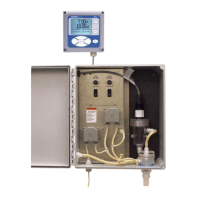
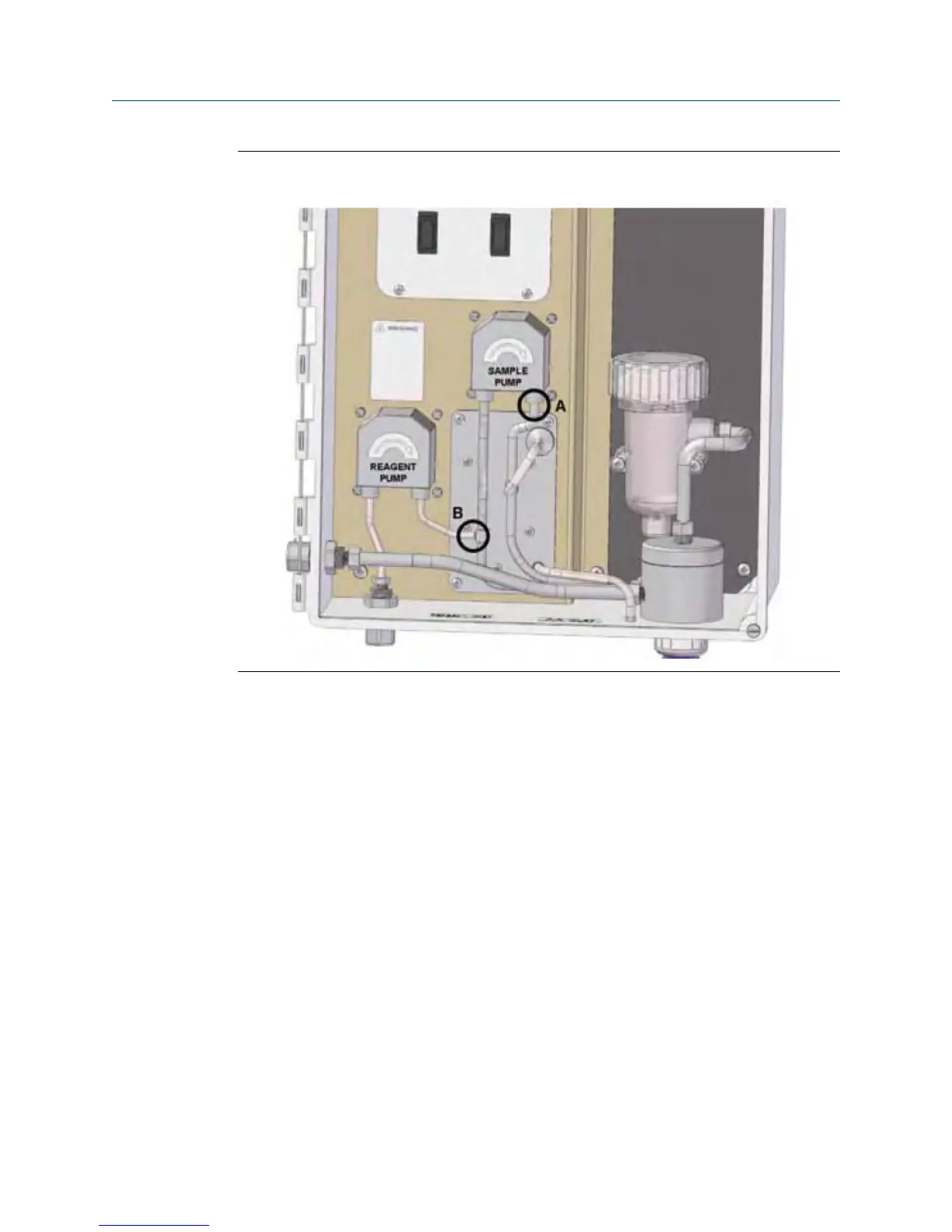